Science
Webb Space Telescope Discovers Massive Galaxies Near Cosmic Dawn Galaxies
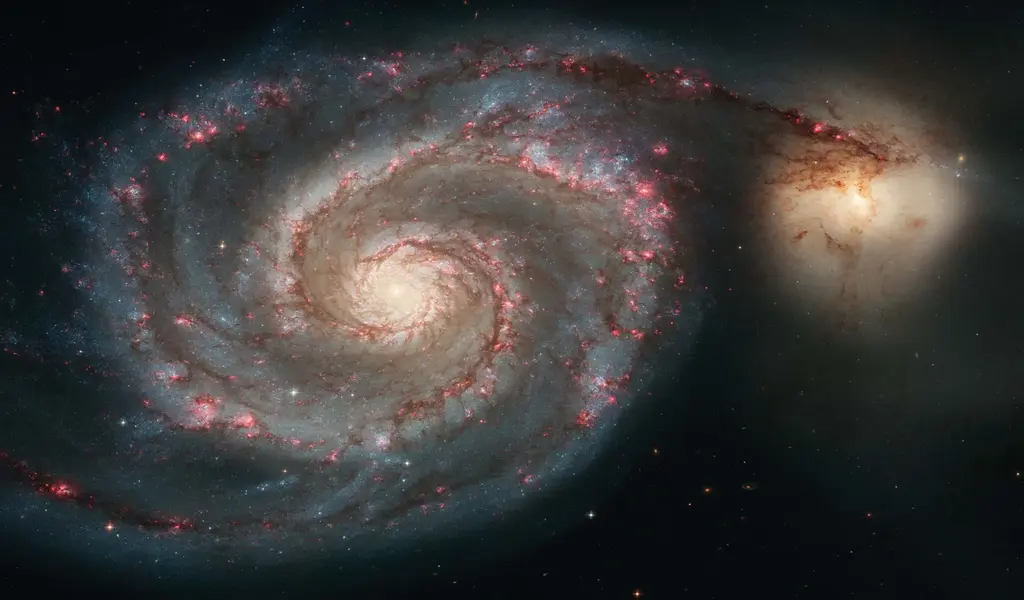
(CTN NEWS) – Webb Space Telescope – 600 million years after the Big Bang, galaxy astronomers have found what appear to be huge galaxies, suggesting that the early universe may have had a star fast-track that generated these “monsters.”
The size and maturity of these six alleged mega-galaxies have surprised astronomers, despite the fact that the new James Webb Space Telescope has found even older galaxies that are only 300 million years old.
On Wednesday, they published the results.
This close to the universe’s creation, Ivo Labbe of Swinburne University of Technology in Australia and his colleagues anticipated seeing tiny infant galaxies rather than gigantic giants.
He explained in an email that while the majority of galaxies in this time period are still small and only gradually developing larger galaxies over time, “there are a few monsters that fast-track to maturity. It is unclear why or how this would function in this situation.
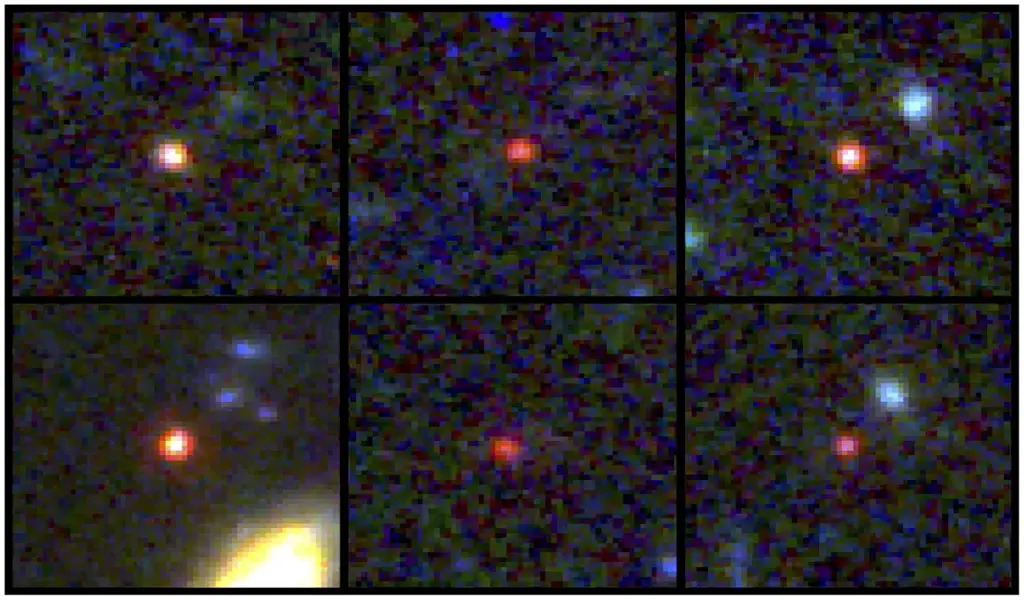
This image provided by NASA and the European Space Agency shows images of six candidate massive galaxies, seen 500-800 million years after the Big Bang. One of the sources (bottom left) could contain as many stars as our present-day Milky Way, but is 30 times more compact (NASA via AP)
Objects That Are 100 Billion Times Higher Than The Sun
The six objects each seem to weigh billions of times more than the sun. One of them may contain stars with a combined mass that is 100 billion times higher than the sun, according to experts. The journal Nature reported their findings.
According to Labbe, these galaxies are incredibly compact, fitting as many stars in a comparatively tiny area of space as the Milky Way.
Initially, Labbe and his associates had doubts about the results since they thought that galaxies, as developed as the Milky Way, couldn’t exist so early and still needed to be verified.
Some team members believed they had made a mistake because the objects were so big and dazzling.
As Labbe put it, “We were extremely shocked, even disbelieving.”
The study’s participant Joel Leja from Pennsylvania State University calls them “universe breakers.”
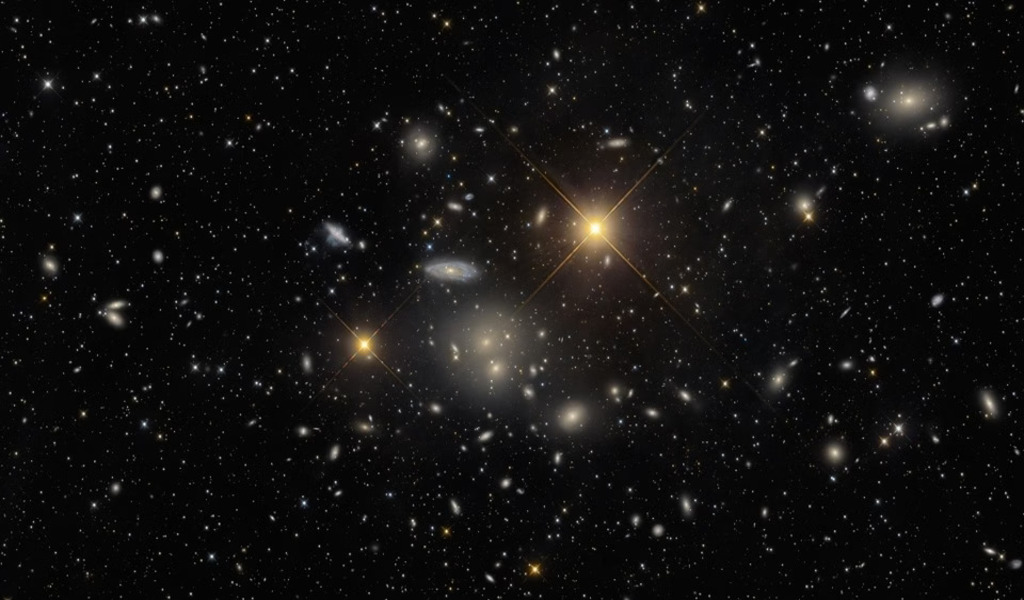
/ NASA
NASA And ESA Are Replacing Hubble Space Telescope
Leja stated that the finding that enormous galaxy formation took place relatively early in the universe’s history “confronts what many of us thought was settled science.”
“We discovered something that, as it turns out, poses challenges for science. The entire scenario of early galaxy formation is called into doubt by this.”
These were some of the first observations made with the $10 billion Webb telescope, which was put into service just over a year ago.
The Webb Space Telescope, operated by NASA and the European Space Agency, is taking over from the Hubble Space Telescope and is now commemorating its 33rd launch.
In contrast to Hubble, the larger and more potent Webb can use its infrared vision to see through dust clouds and find previously undiscovered galaxies.
Once the universe was created 13.8 billion years ago, scientists anticipate witnessing the formation of the first stars and galaxies.
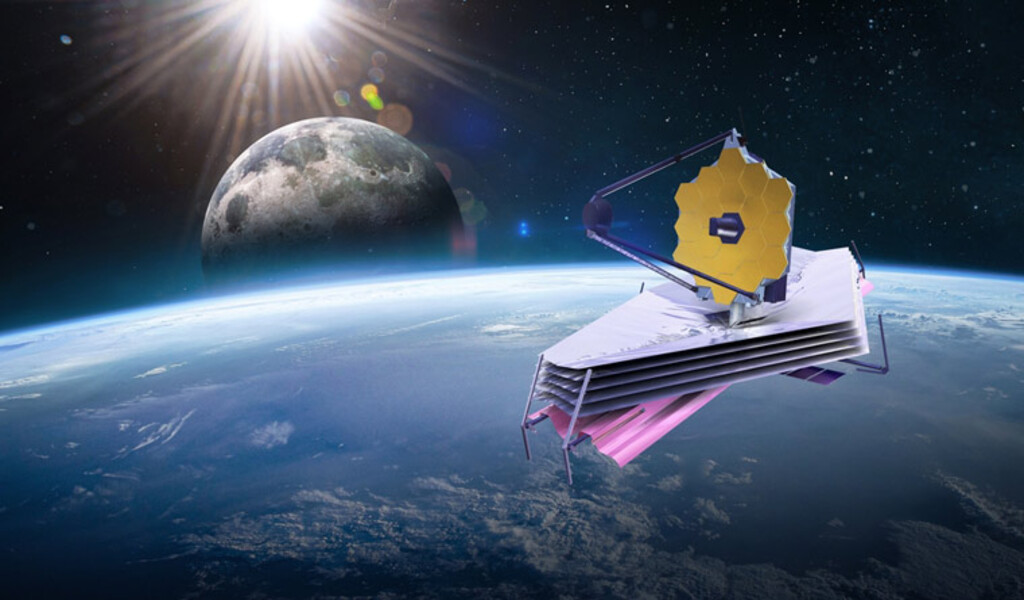
Scientists Cautious About Calling These Galaxies Giants
The researchers are being cautious in dubbing these prospects huge galaxies for the time being because they are still awaiting official confirmation through sensitive spectroscopy.
Leja hypothesized that some objects might not be shrouded by galaxies at all, but rather by supermassive black holes.
Even while some may end up being smaller than anticipated, Labbe asserts that “odds are good that at least some of them will turn out to be” galactic giants. “In a year, we’ll learn.”
The first thing Webb taught him was to “let go of your expectations and be ready to be surprised.”
RELATED CTN NEWS:
Webb Detects Extremely Small Main Belt Asteroid Between Mars and Jupiter

Science
NASA Switches Off Instrument On Voyager 2 Spacecraft To Save Power
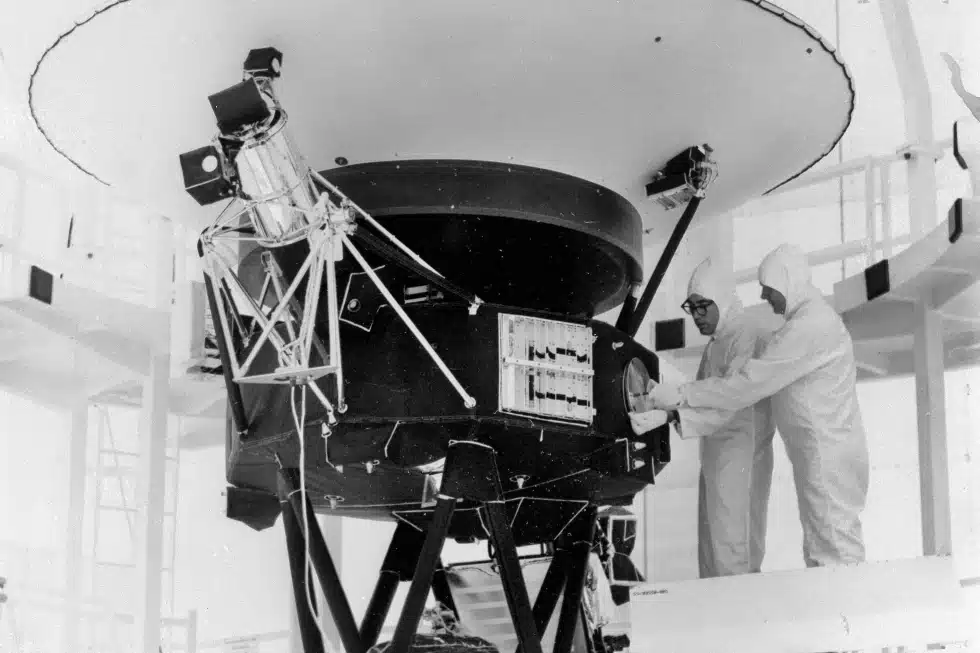
NEW YORK — To save power, NASA turned off another scientific equipment on its long-running Voyager 2 spacecraft.
NASA Switches Off Instrument On the Spacecraft To Save Power
The space agency announced on Tuesday that 2’s plasma science instrument, meant to study the movement of charged atoms, was turned off in late September to allow the spacecraft to continue exploring for as long as possible, which is estimated to be into the 2030s.
NASA turned off a suite of instruments on Voyager 2 and its twin, Voyager 1, after exploring the gas giant planets in the 1980s. Both are currently in interstellar space or the region between stars. The plasma instrument on Voyager 1 stopped working years ago and was finally shut off in 2007.
The remaining four instruments on 2 will continue to collect data on magnetic fields and particles. Its mission is to investigate the regions of space beyond the sun’s protective sphere.
NASA Switches Off Instrument On Voyager 2 Spacecraft To Save Power
It launched in 1977, is the only spacecraft to have visited Uranus and Neptune. It is now more than 12 billion miles (19.31 billion kilometers) from Earth. 1 is more than 15 billion miles (24.14 billion kilometers) beyond Earth.
SOURCE | AP
Science
Hurricane Kirk Could Cause Dangerous Surf Conditions Along The US East Coast
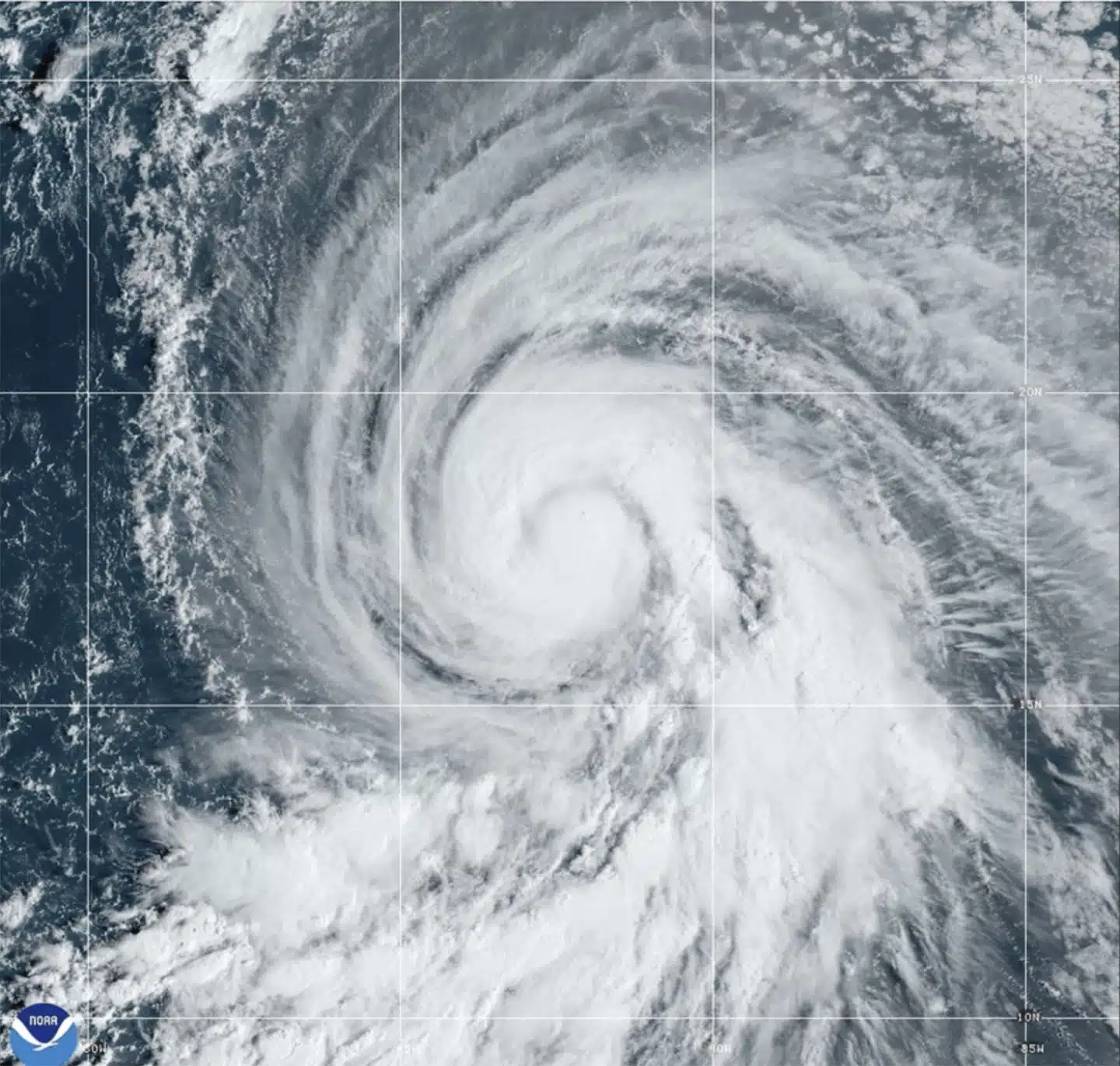
MIAMI — Hurricane Kirk’s waves could generate life-threatening surf and rip current conditions this weekend throughout the United States East Coast, as well as in Bermuda, the Greater Antilles, and the Bahamas, according to forecasters.
Kirk was a Category 3 hurricane in the middle Atlantic Ocean that might grow further but was predicted to stay away from land, according to the Miami-based National Hurricane Center on Thursday.
Hurricane Kirk Could Cause Dangerous Surf Conditions Along The US East Coast
Kirk-generated swells were forecast to reach parts of the Leeward Islands on Friday, Bermuda and the Greater Antilles on Saturday, and the East Coast and the Bahamas on Sunday, according to the center.
No coastal watches or warnings were in effect. The major storm was around 1,130 miles (1,820 kilometers) east of the Leeward Islands, with maximum sustained winds of 125 mph (205 km/h).
Meanwhile, Tropical Storm Leslie formed late Wednesday in the eastern Atlantic and is expected to strengthen into a hurricane in the following days, forecasters said. It was also not considered a threat to the land.
Hurricane Kirk Could Cause Dangerous Surf Conditions Along The US East Coast
The storm was about 540 miles (870 kilometers) southwest of Cabo Verde’s southernmost tip, with maximum sustained winds of 45 mph (75 kph), according to the center.
The storms raged in the Atlantic as rescuers in the United States Southeast sought for missing persons after Hurricane Helene struck last week, leaving a trail of death and devastation.
SOURCE | AP
Science
Giant Fossilised Footprint Of Dinosaur Found in China
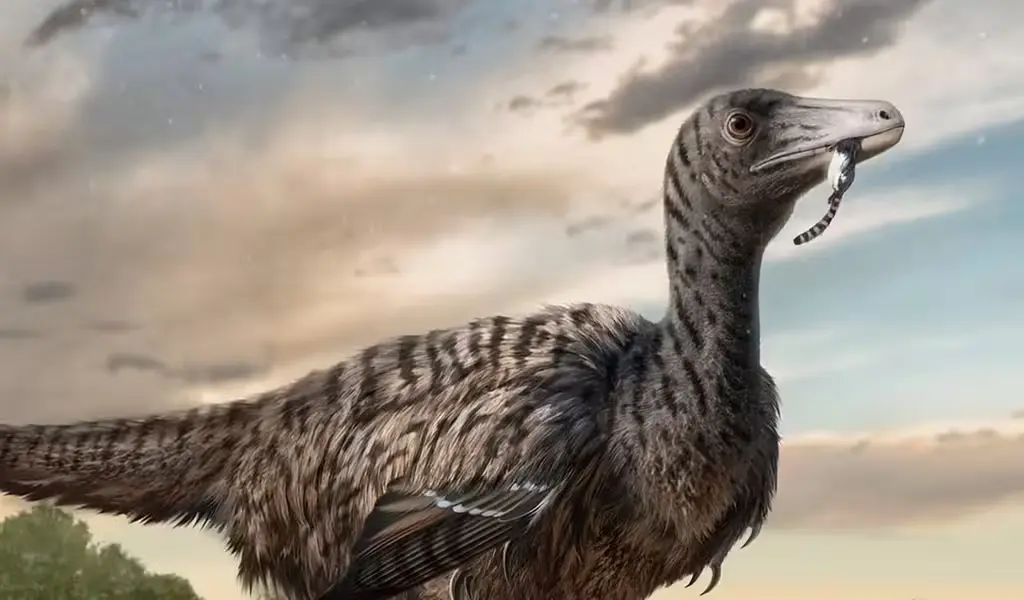
(CTN News) – A team of palaeontologists believes they have discovered fossilized footprints of one of China’s largest raptors. The collection of five fossilized dinosaur footprints is half the length of a school bus.
The footprints were discovered in a dinosaur trackway in south-east China in 2020. Scientists believe dinosaurs walked over the muddy river during the Cretaceous period, leaving footprints. Some footprints have been preserved for tens of millions of years.
The dinosaur trackway was unearthed in Longxiang and is around the size of a hockey rink. Some of the footprints are unusually formed, with intact imprints of only two toes.
Fossilised footprint of megaraptor found in China

Giant fossil footprints lead to megaraptor dinosaur discovery in China
Raptors, or predatory birds, are often small and referred to as deinonychosaurs. For example, a Velociraptor is around the size of a turkey. Few raptors, such as the Utahraptor and Dakotaraptor, increased in size significantly, reaching lengths of 5 to 6 metres. The Triassic ichthyosaur was the largest raptor known until now.
According to the scientists, the predator would have attacked its prey with a pair of huge “killing claws” on each foot.
What scientists discovered recently in China is massive, far larger than the largest superpredator known to date.
Scott Persons of the College of Charleston in South Carolina, and his colleagues, added another large raptor to the list. They named it Fujianipus, and they believe it lived in East Asia some 96 million years ago.
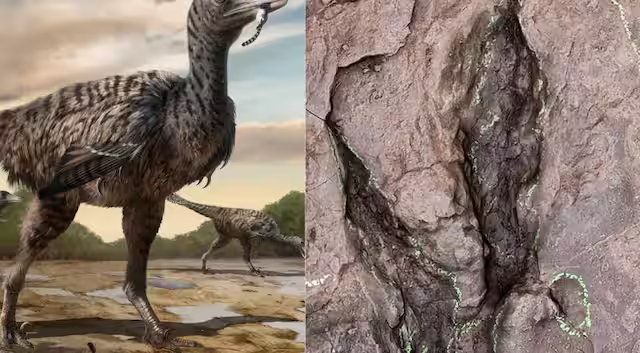
Scott Persons at the College of Charleston in South Carolina and his colleagues added another giant raptor to the list. They named it Fujianipus, and they say it lived in East Asia about 96 million years ago. Photograph:(Twitter)
Persons and his colleagues are currently working on areas of Fujianipus’ skeleton, therefore little is known. The investigators only discovered a few of its 36-centimetre-long imprints.
“Preservation conditions were right for footprints but not so great for bones,” Persons said. However, scientists are certain that the footprints belong to a raptor because each one contains the imprint of only two toes, which corresponds to the foot anatomy of raptors. Raptors generally have three toes, but they keep one off the ground to preserve the big claw at the tip from wear and tear.
People believe Fujianipus demonstrates that raptors had the ability to grow much larger and compete with the largest predatory dinosaurs on the landscape at the time – allosauroids, some of which exceeded 10 metres or more in length.
According to Persons, raptors had an advantage over allosauroids in terms of speed. However, without fossilized leg bones, the researchers cannot correctly measure Fujianipus’ speed.
-

 News4 years ago
News4 years agoLet’s Know About Ultra High Net Worth Individual
-
Entertainment2 years ago
Mabelle Prior: The Voice of Hope, Resilience, and Diversity Inspiring Generations
-
News11 years ago
Enviromental Groups Tell Mekong Leaders Lao Dam Evaluation Process Flawed
-

 Health4 years ago
Health4 years agoHow Much Ivermectin Should You Take?
-

 Tech3 years ago
Tech3 years agoTop Forex Brokers of 2023: Reviews and Analysis for Successful Trading
-

 Lifestyles3 years ago
Lifestyles3 years agoAries Soulmate Signs
-

 Entertainment3 years ago
Entertainment3 years agoWhat Should I Do If Disney Plus Keeps Logging Me Out of TV?
-

 Health3 years ago
Health3 years agoCan I Buy Ivermectin Without A Prescription in the USA?
